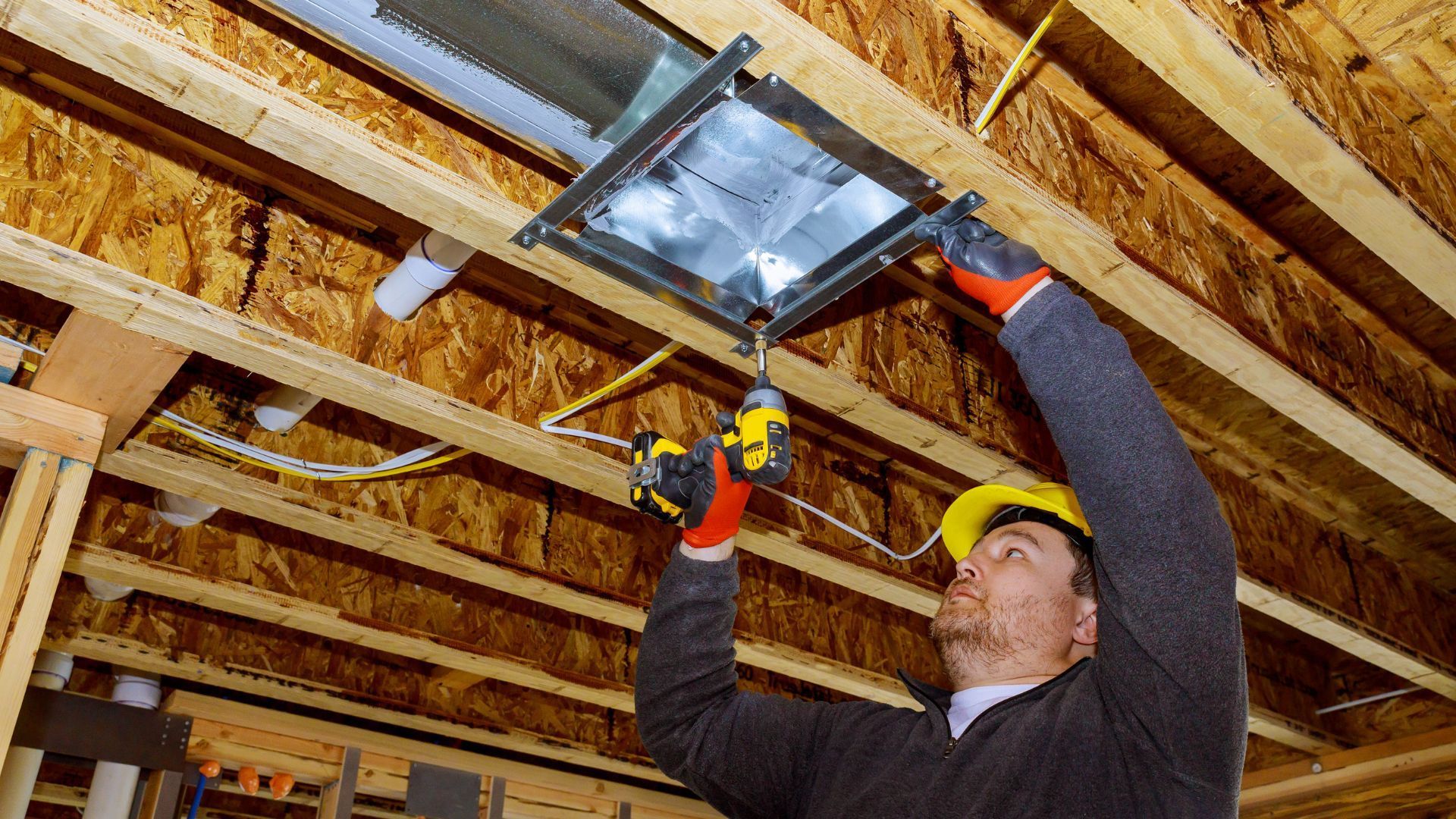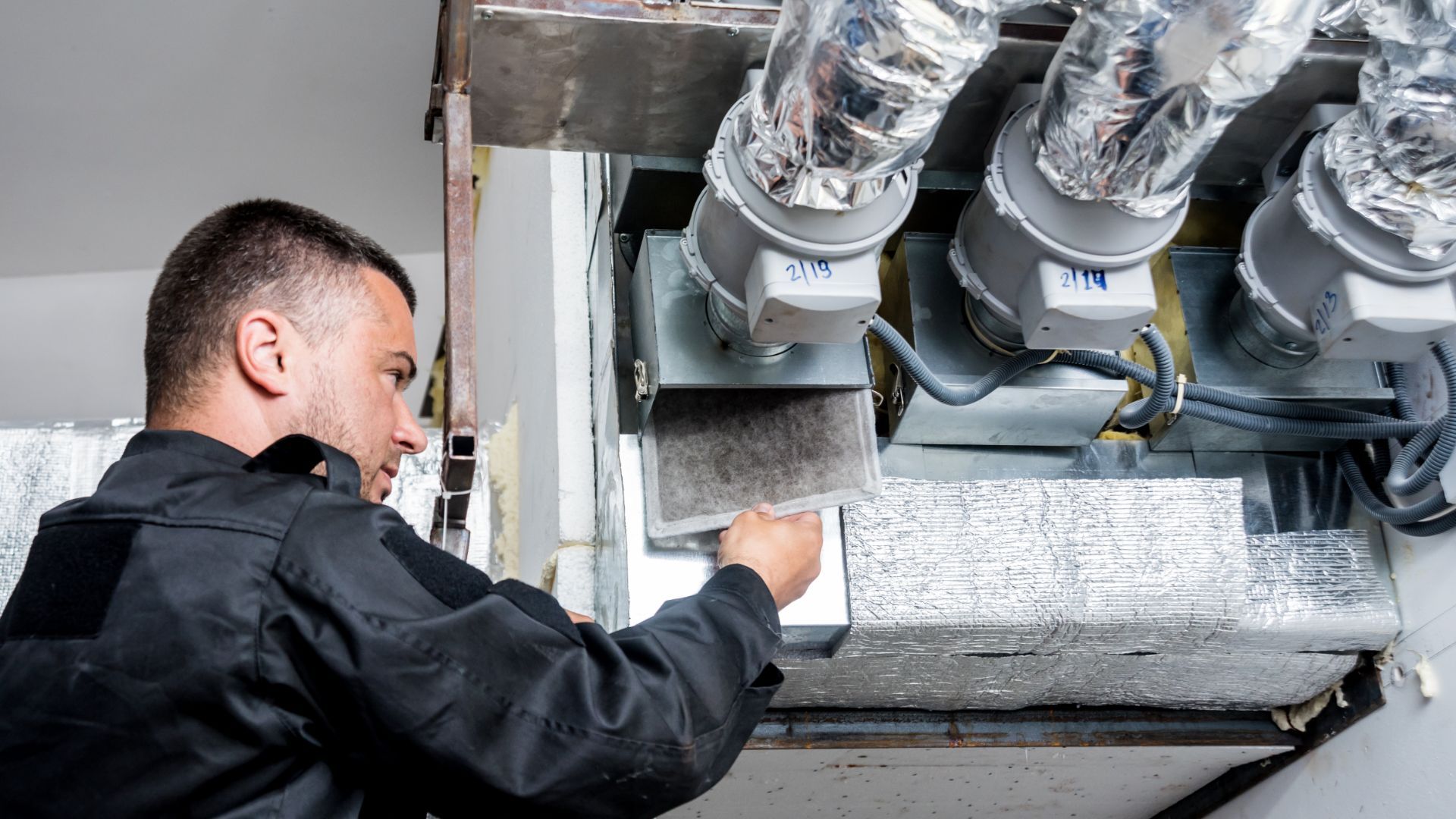Working Hours: Monday - Friday 08:00 AM - 04:30 PM
Is It Good To Use a Basement Ventilation System?

Basement ventilation systems are special machines made to help underground spaces stay nice and dry. Sometimes, underground places can get very wet, which can cause yucky mold and bad smells. It can even hurt the walls and floors! But if you put in a ventilation system, it will bring in lots of fresh air all the time, which stops the wetness from building up.
When you have a basement ventilation system, it works like a superhero against the problems that come with underground places. These spots can get super damp, making it easy to smell bad and mold to appear. They can even harm the structure! But with a ventilation system, it keeps bringing in new air, and that stops the dampness from causing trouble.
The Key Components
To grasp the essence of What Is a Basement Ventilation System? It's essential to familiarize yourself with its main components:
- Inlet Vent
This is the entry point for fresh air into the basement. It is strategically placed to capture the cleanest outdoor air.
- Exhaust Vent
Positioned at the opposite end of the basement, the exhaust vent expels stale and moisture-laden air.
- Ductwork
Channels that facilitate the movement of air between the inlet and exhaust vents, ensuring a balanced airflow.
- Fan or Blower
The heart of the system, responsible for propelling air through the ductwork.
Installation Of Basement Ventilation System
Installing a basement ventilation system involves a systematic approach. While it's recommended to seek professional assistance, understanding the process is valuable:
- Assessment
Evaluate the size and layout of your basement. Identify optimal locations for the inlet and exhaust vents.
- Cut Openings
Create openings for the vents, ensuring they are adequately sized for efficient airflow.
- Ductwork Installation
Position the ductwork to connect the inlet and exhaust vents. Seal any gaps to prevent air leakage.
- Fan Placement
Mount the fan in a central location, ensuring it has easy access for maintenance.
- Wiring and Controls
Connect the fan to a power source and install controls for easy operation.
- Testing
Run the system to verify proper airflow and make any necessary adjustments.
FAQs
Q: How does a basement ventilation system improve air quality?
A basement ventilation system continuously replaces stale air with fresh outdoor air, reducing humidity levels and preventing the buildup of pollutants.
Q: Can I install a basement ventilation system on my own?
While DIY installation is possible, it's advisable to consult a professional for precise placement and optimal performance.
Q: Are basement ventilation systems energy-efficient?
Yes, modern ventilation systems are designed to operate efficiently, minimizing energy consumption while maximizing air circulation.
Q: What maintenance is required for a basement ventilation system?
Regular inspections for debris and obstructions, as well as occasional filter replacements, are essential for optimal performance.
Q: Can a ventilation system eliminate mold entirely?
While it significantly reduces the risk of mold growth, proper moisture control measures should also be in place to prevent its occurrence.
Q: Is a basement ventilation system suitable for all types of basements?
Yes, whether you have a finished basement or a storage space, a ventilation system can be tailored to suit your specific needs.
Conclusion
By investing in a basement ventilation system, you're not only enhancing air quality but also safeguarding the integrity of your living space. Say goodbye to musty odors and hello to a fresh, revitalized basement. Make the move towards a healthier home today!
No more sweaty basement with proper ventilation system. Visit or contact us to have a basement ventilation system installed at your home anytime!

INFORMATION
176 Rectory St, London, ON N5Z 2A5, Canada
Follow us on Facebook
BROWSE OUR WEBSITE
EMERGENCY SERVICE









